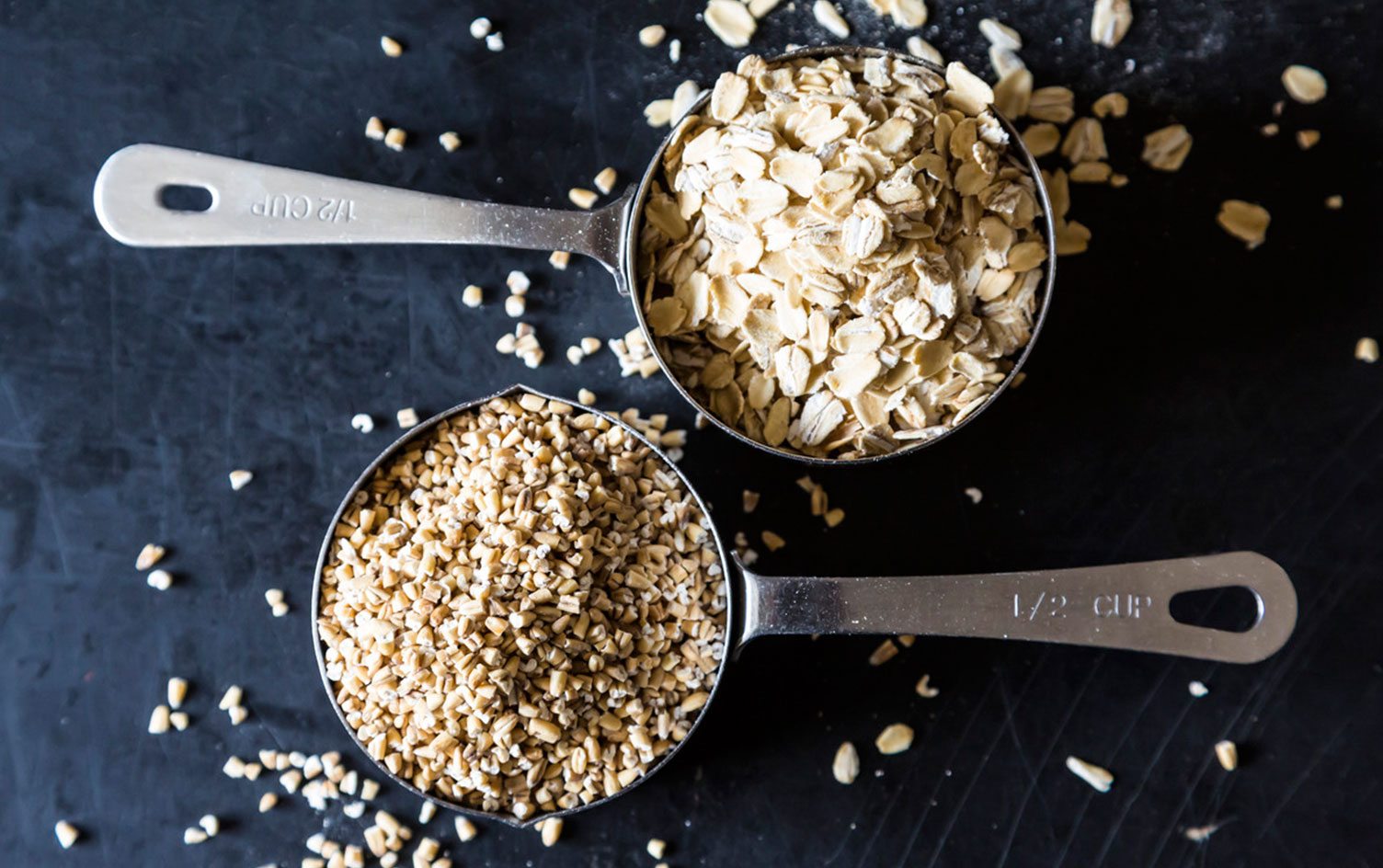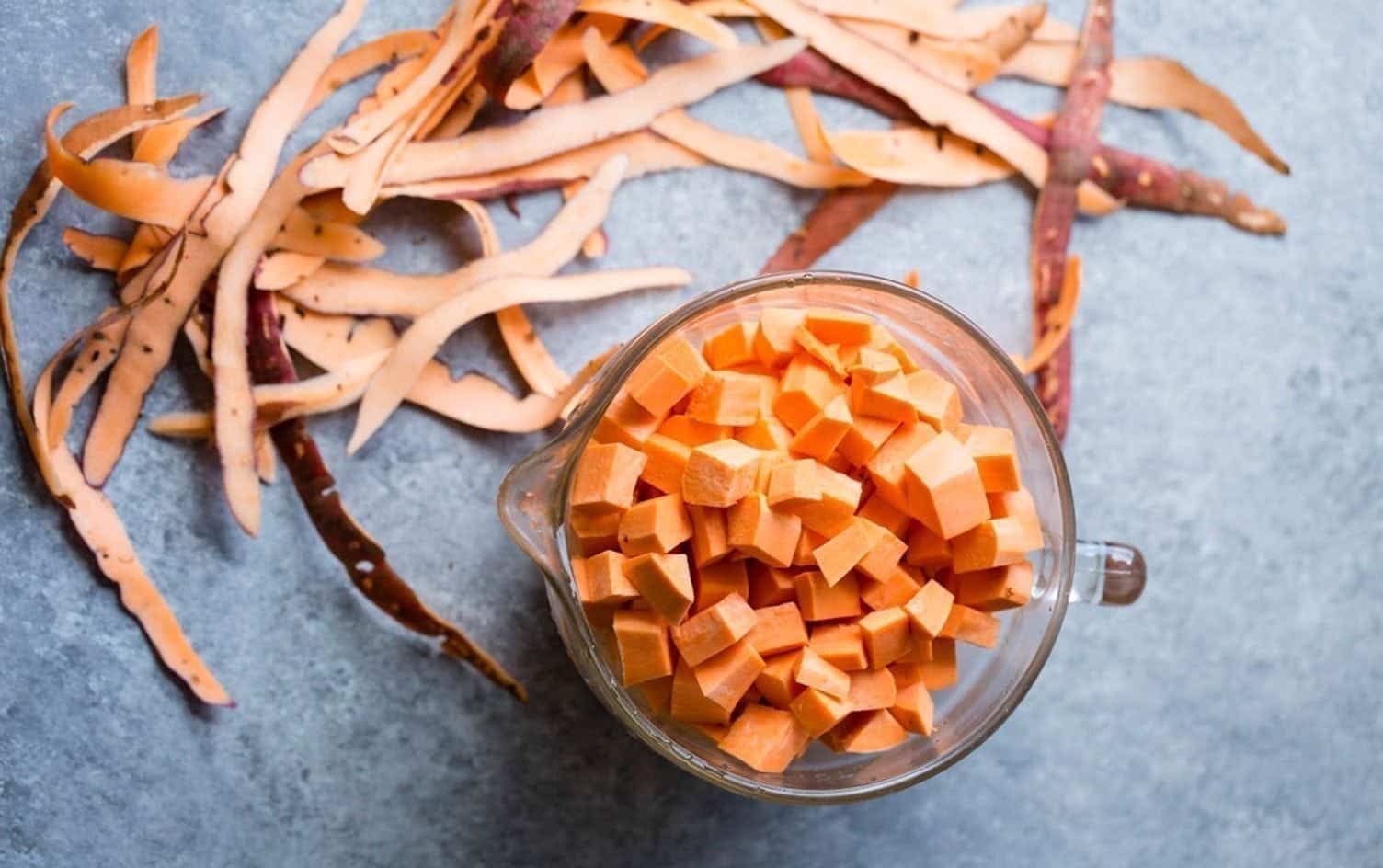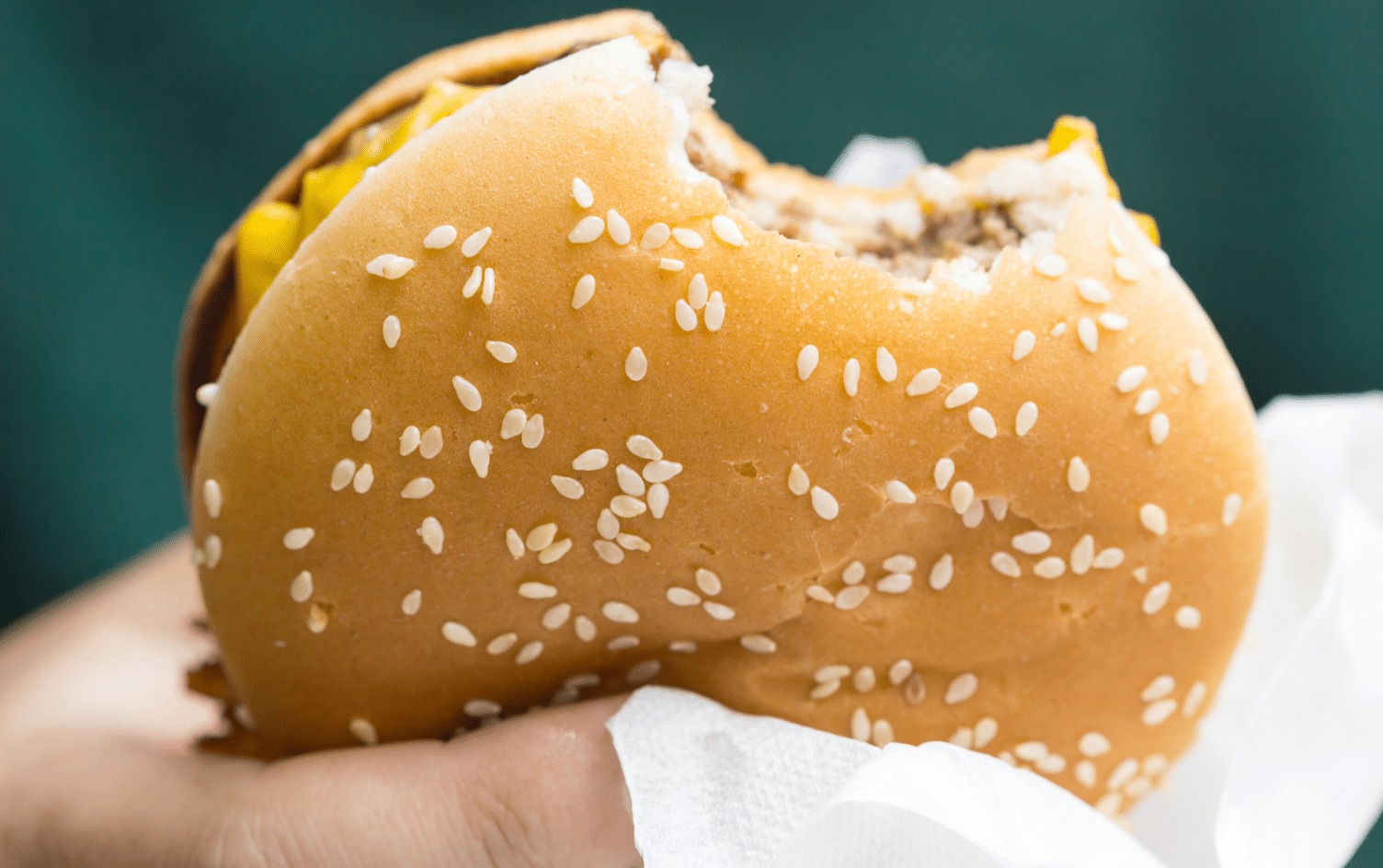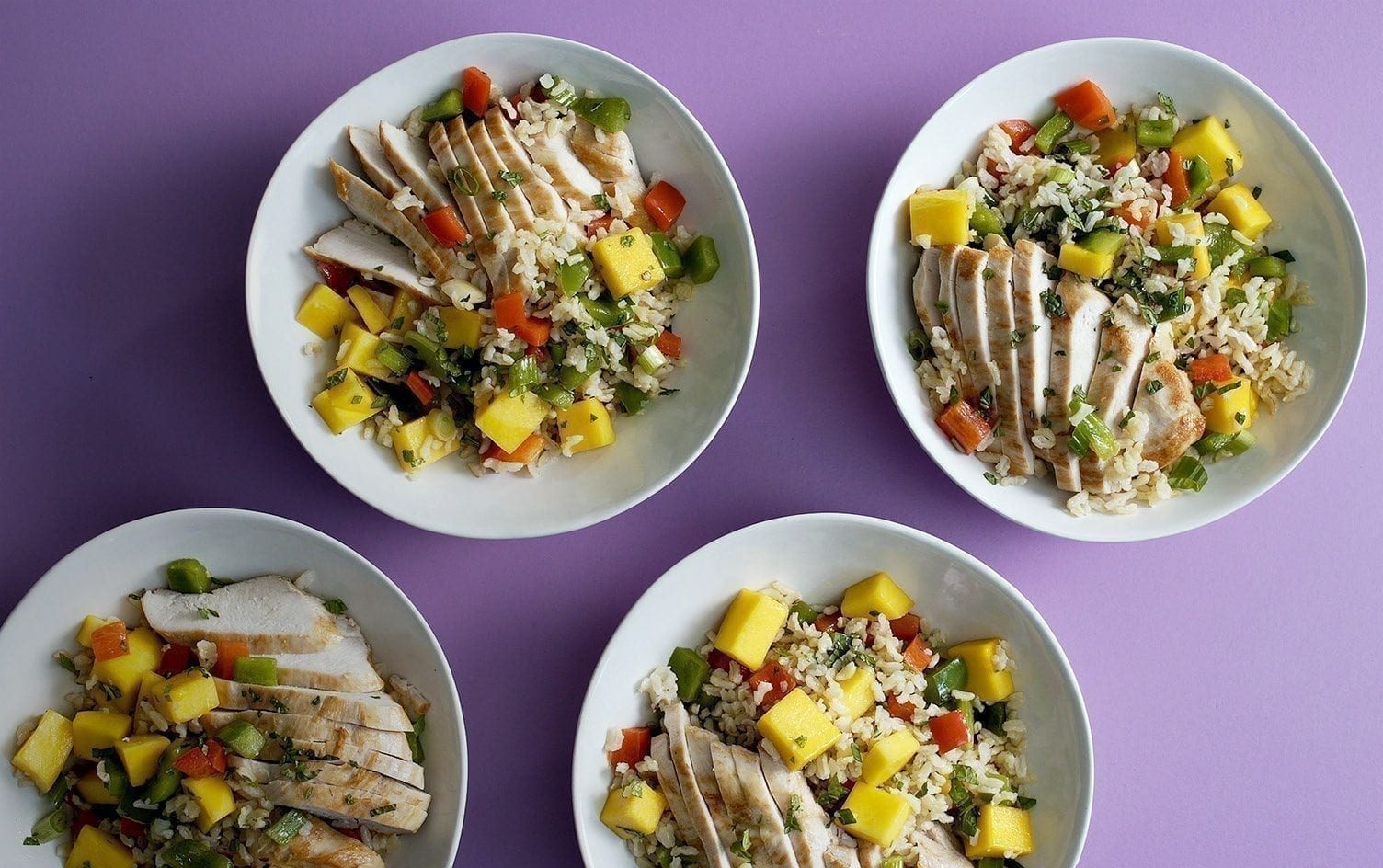Not paying attention to portion size is a surefire way to gain unwelcomed weight. Even when we think we’re being accurate about how much we’re eating, we tend to underestimate portion sizes according to research, particularly for beverages and “medium-energy density” foods like peanut butter toast and blueberry muffins.
However, both weighing and measuring food are effective ways to keep portions in check — and can be helpful techniques for those who are new to food logging or who are having a hard time estimating. But is one method better than the other? Let’s take a closer look at the differences between the two and the pros and cons of each.

WHY WEIGH?
Weighing food is certainly more accurate than simply taking a volume measurement because the amount of food you can fit in a measuring cup or spoon varies greatly. This is particularly true for more calorie-dense solid foods like nuts, proteins, starchy vegetables and certain fruits. For example, one cup of cubed avocado has 240 calories. But, how big of a cube are we talking about? If you dice it, chances are there are significantly more calories in that cup.
This may not matter much if you eat it only occasionally, but add a cup of diced avocado to your smoothie every morning and those calories add up over time. Brown sugar is another good example. One cup of loose brown sugar contains 551 calories. Pack it tightly, though, and that same cup has a whopping 836 calories, enough to impede weight-loss goals.
READ MORE > THE 11 MOST COMMON WEIGHT-LOSS BLUNDERS DIETITIANS SEE

WHY MEASURE?
Weighing is great because numbers — at least on food scales — don’t lie, but measuring utensils can undoubtedly be quicker and more convenient. Of course, some foods can be measured with accurately, particularly calorie-dense liquids like juice, milk, cooking oils and peanut butter since they always fill whatever measuring utensil you’re using and can’t be chopped too small, broken into pieces or tamped down.
You don’t need to weigh everything you put in your mouth, but if you’re new to portioning and tracking your food, it’s a good idea to weigh the more calorie-dense items at least until you become proficient at approximating amounts by volume.
Of course, if you’re trying to keep portions in check, any measurement is better than no measurement — or eating right out of the bag. If you have a food scale, great. If not, measuring cups and spoons — even your hand — can be effective in helping you control portion sizes and accurately track your food. In fact, doing a combination of all three can help you more accurately estimate portion sizes when you’re caught without your trusty food scale and measuring cups.




